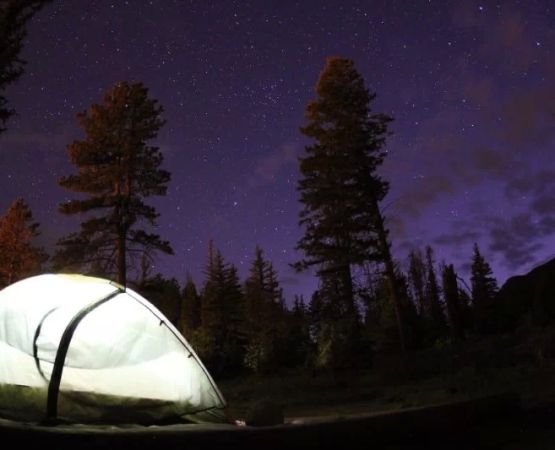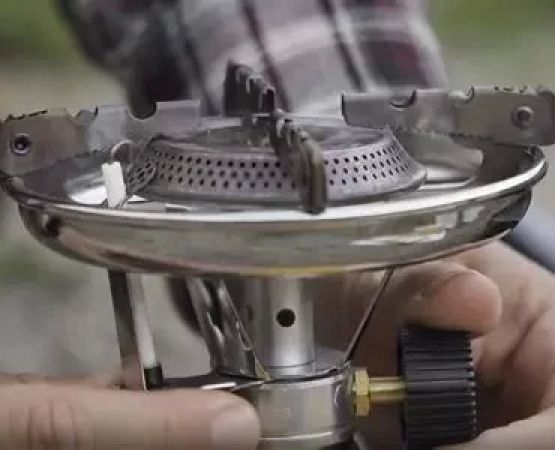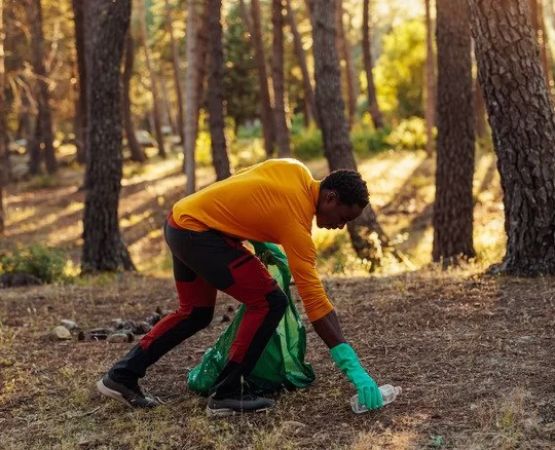How to Plan a Camping Road Trip Across the US: Tips and Best Destinations
- Planning Your Camping Road Trip
- Choosing the Best Campsites
- Recommended Routes for Your Adventure
- Personal Experience: A Road Trip Tale
- Unique Experiences Along the Way
- How to Book Your Camping Trip
1. Planning Your Camping Road Trip
Planning a camping road trip across the US requires careful consideration of your travel dates, route, and camping options. Begin by deciding which time of year suits you best—summer offers long days and warmer weather, while spring or fall can provide cooler temperatures and fewer crowds.
Consider your starting point and the regions you want to explore. From the west coast's Pacific Northwest to the diverse landscapes of the East Coast, there's a wealth of destinations to explore. Make sure to factor in the distances between campsites to ensure comfortable travel times. Use travel apps and maps to find the best routes that align with your camping goals.
2. Choosing the Best Campsites
One of the most enjoyable parts of a camping road trip is choosing where to set up camp. Some may prefer rustic national park campsites, while others might opt for well-equipped RV parks. Whether you're into tent camping or have an RV, it's crucial to choose sites that align with your interests, such as scenic views, proximity to hiking trails, or lakeside camping.
For example, a visit to Yellowstone National Park offers incredible wildlife sightings, while the Adirondacks in New York provide serene landscapes perfect for kayaking and fishing. For a more remote experience, places like Joshua Tree National Park or Grand Teton National Park are ideal.
3. Recommended Routes for Your Adventure
To maximize your experience, follow iconic routes that connect major destinations and scenic areas. Here are a few must-try routes:
- The Pacific Coast Highway: This stunning coastal route offers breathtaking ocean views and access to California's beautiful beaches and national parks like Big Sur and Yosemite.
- The Great Smoky Mountains Loop: Cross through North Carolina and Tennessee for a mix of misty mountains, Appalachian culture, and incredible wildlife.
- The Route 66 Adventure: Start in Chicago and travel west to Santa Monica for a historic, all-American road trip that passes through quirky small towns and incredible desert landscapes.
4. Personal Experience: A Road Trip Tale
During a recent road trip across the US, my friends and I embarked on a 10-day journey through the western states. Our goal was to explore both popular and hidden gems, starting from California and heading east through Nevada, Utah, and Colorado. One of our most memorable moments was camping under the stars at Arches National Park in Utah. The desert air was cool at night, and the sight of the Milky Way above us was surreal.
One tip I would offer: don’t be afraid to venture off the beaten path. We stumbled upon a remote camping spot in the Grand Canyon’s North Rim, which provided both peace and panoramic views—something not often experienced in the crowded South Rim.
5. Unique Experiences Along the Way
As you travel through the US, every state offers a distinct experience. Whether it's experiencing Native American culture in Arizona, tasting local delicacies like lobster rolls in Maine, or visiting quirky roadside attractions, each stop on your road trip adds to the charm of the journey. Along the way, seek out unique activities such as:
- Night Sky Viewing in the Dark Sky Parks: For stargazers, the US has several designated Dark Sky Parks, such as Bryce Canyon in Utah, where you can witness some of the clearest skies.
- Swimming in Natural Hot Springs: After a long day of driving, relax in natural hot springs found in places like Hot Springs National Park, Arkansas, or in the Sierra Nevada mountains of California.
6. How to Book Your Camping Trip
Booking your campsites ahead of time is essential, especially in high-demand areas such as national parks. Many parks allow online reservations up to six months in advance, and it’s advisable to book early to secure a spot. For a more spontaneous trip, consider first-come, first-served campsites that may not require reservations.
If you're unsure of where to start, websites like Recreation.gov or Hipcamp provide a comprehensive list of available campsites across the US. They also offer reviews, photos, and detailed information about the facilities available at each site, ensuring that you have the best camping experience possible.






